7 Extreme Survival Stories
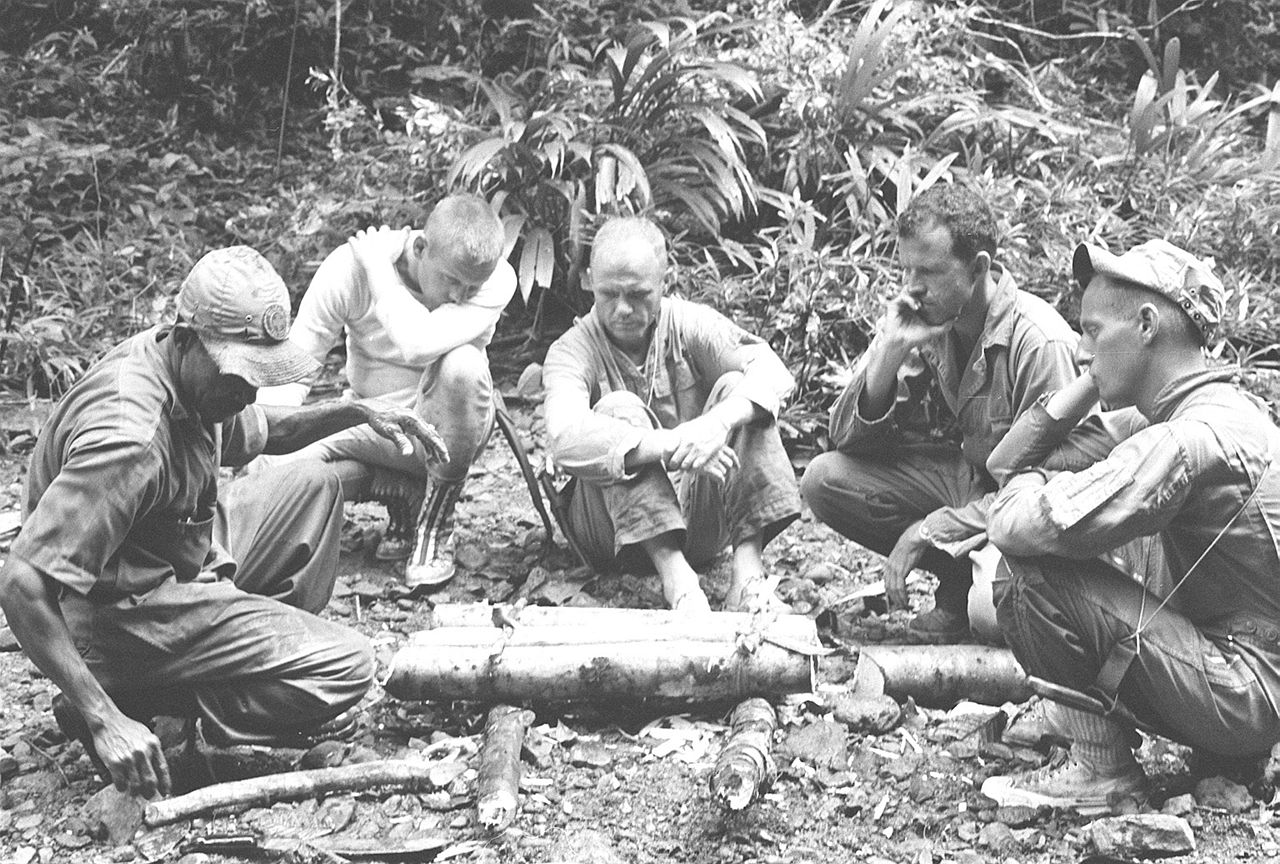
The Robertson Family
The Robertson family story might seem like something out of an old adventure novel, but let me tell you that this is all real.
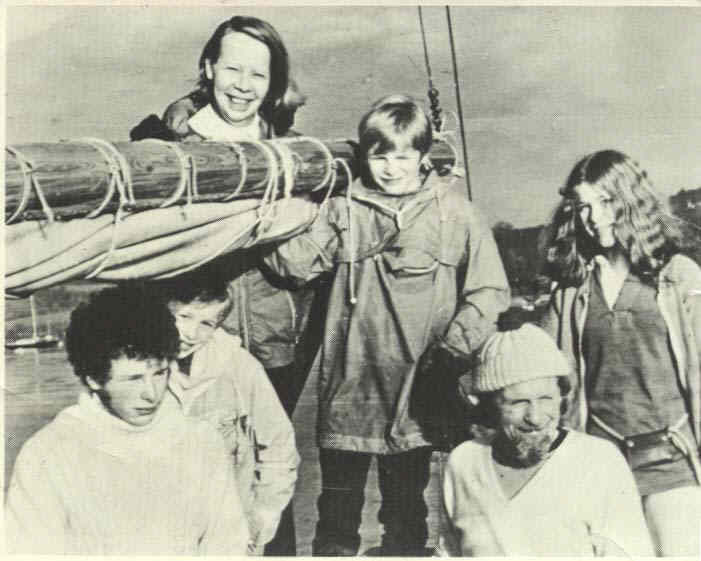
It happened in 1971 while they were on a voyage around the world. Dougal Robertson, who was a retired merchant navy officer in 1970, was running a dairy farm at Meerbrook with his wife and four children.
“We lived in a very isolated area.” said Douglas, who is now 58 and living in London.
“My father thought that it would be a good idea to take us around the world in a boat to educate his children in the ‘University of Life.'”
In 1971, the family boarded their wooden schooner named Lucette and departed from Falmouth in Cornwall. They had used all their life savings to buy it after selling the farm.
“Father’s time spent planning for this journey was zero: we didn’t even have a practice sail around the bay before setting off around the world,” said Douglas. “I’ll always remember my dad at the wheel as we set sail from Falmouth, [he was] stamping on the floor and shouting ‘Yee-haw.’
“He was actually living his dream at that time. Then a wave broke across the bow. The cold wet spray lashed our faces and we suddenly got an inkling this wasn’t going to be a walk in the park.”
For the next year-and-a-half, the family sailed from one Caribbean port to the other across the Atlantic. However, after 17 months, they were set upon by killer whales who began destroying their boat near the Galapagos Islands.
“The whole boat shook and the keel must’ve cracked. There was a splintering noise of wood cracking; it sounded like a tree trunk being snapped in two.” said Douglas. “I heard this splashing noise behind me and there were three killer whales following the boat.”
Even though Killer whales are usually not a threat to humans, Douglas thought he would be “eaten alive”. The family scrambled onboard a life raft and dinghy.
Douglas stated: “It was a 10-man raft, but it could only take five people comfortably. We had bellows to keep it inflated, but they broke after a few goes, so I had to blow it up with my mouth. We were beset with problems from the moment we set sail on that raft.”
Dougal had the brilliant idea to sail the raft to the center of the Pacific where they would hopefully catch the tides which would take them to America.
The group had a few cans of water and some rations on board which consisted of dried bread, onions, fruit and some biscuits. They managed to survive six days on this before catching rainwater and hunting turtles and fish to eat.
“Turtle was the mainstay of our diet. We drank its blood when we had no water, we dried its meat, rationed it and stored it up,” said Douglas. “We rendered the fat down in the sun to make oil which we rubbed on our skin and drank to keep us warm.”
After only 16 days the raft became unusable, so the six people had to crowd into the 10ft long dinghy called the Ednamair and take turns sitting the dry part of the boat.
After 38 days in the Ednamair, the family was finally rescued by a Japanese fishing boat named the Toka Maru II after they had spotted their distress flare.
“My dad had been sunk once before in Ceylon [Sri Lanka] by the Japanese in 1942 and here they were in 1972 picking him out of the water and saving his life.”
“He did say that if for no other reason than to be able to forgive the Japanese for what had happened the trip was worth it.”
Before Dougal died in 1992 from cancer he wrote a book about the family’s adventure, titling it “Survive the Savage Sea”, which was later turned into a film. He would then take the profits and buy another boat and live out his days in the Mediterranean.
After all this, Douglas went on to join the Navy and then became an accountant. In 2008 the family donated the Ednamair to the National Maritime Museum in Falmouth, Cornwall. Douglas then went on to write his own book about what had happened and titled it “The Last Voyage of the Lucette” because he felt that the other family members did not get enough credit in his father’s book.
“I never regretted the trip even in the darkest hours,” said Douglas. In a funny kind of way, life had a quality to it; the quality of survival, the reward of seeing another sunset, another sunrise. We felt what wildlife must feel in the jungle; to live another day was our only goal.”
Harrison Okene
A 29-year-old cook by the name of Harrison Okene was the lone survivor of the Jacson-4, which was battered by heavy swells until it overturned. The 11 other crew members died as the vessel sank 12 miles off the coast of Nigeria’s mangrove-lines coast.
“It was around 5am and I was on the toilet when the vessel just started going down – the speed was so, so fast,” Okene said by phone from his hometown of Warri. Okene was trying to scramble out but was unable to find an exit hatch, he then had to watch in what must have been a nightmare situation as three other crew members were dragged down into the sea.
The water then pushed him into another toilet as the boat plunged 30 meters into the freezing water. Okene prayed while water seeped into the 4ft air bubble around him.
“All around me was just black, and noisy. I was crying and calling on Jesus to rescue me, I prayed so hard. I was so hungry and thirsty and cold and I was just praying to see some kind of light.”
When divers found him he has been in there for almost 60 hours, constantly hammering on the deck. It was a team of South African divers who had been sent on a body recovery mission, in shock when they heard his faint hammering in response to them.
“I went to the water and touched the diver. He shivered from fear. So I stepped back and just held my hand in the waters and waved it in front of his camera so they would see the images above deck.”
“The diver walked in and at the back there was an air pocket he was sitting in,” Paul MacDonald, an officer on the support vessel wrote on Facebook. “How it wasn’t full of water is anyone’s guess. I would say someone was looking after him.”
Once Okene was located, the worries switched to whether or not he would survive being pulled up since his body had absorbed nearly fatal amounts of nitrogen. “His heart wouldn’t have been able to pump [back on land] because it was just so full of gas,” said Christine Cridge, medical director of the Plymouth-based Diving Diseases Research Centre, who advised the rescue team.
He was strapped into diving gear, and then was led to a diving bell which slowly took him to the surface. He then spent two full days in a decompression chamber. “To survive that long at that depth is phenomenal. Normally you would dive recreationally for no more than 20 minutes at those depths,” said a training consultant from the Professional Association of Diving Instructors.
Okene said, “They told me all the others had died and I cried because I thought I was the only one who had been trapped in the boat”, his voice cracking. He suffered from nightmares and peeling skin, but he found comfort in his favorite meals. He says he will write a book about his experiences.
Endurance Expedition
Setting out with a group consisting of 28 men, Ernest Shackleton was once again ready to take on the harsh climate of the South Pole in 1914. Everyone thought and hoped they would make it across the continent and arrive at the other ship without much trouble. That was not to be, however. They were trapped in the ice while their own ship, the Endurance, started to fall to pieces around them.
As you would suspect, the supplies began to dwindle, so the men got in their lifeboats and floated in the bitter Antarctic Seas for 14 days until they reached an island. Once there, they got ready for their next expedition to Georgia Island, which was the nearest inhabited island about 1,000 miles from their original embarking point.
Even with all the hardships they faced, all 28 men survived. Unfortunately, they had to kill some of their dogs to eat when supplies ran low. The Ross Sea Party, the ship that was waiting for them, was not so lucky: they had three men die while waiting.
Juliane Koepcke
This is an interview that Juliane gave to Outlook.
“It was Christmas Eve 1971 and everyone was eager to get home. We were angry because the plane was seven hours late. Suddenly we entered into a very heavy, dark cloud. My mother was anxious but I was OK, I liked flying. Ten minutes later it was obvious that something was very wrong.”
“There was very heavy turbulence, the plane was jumping up and down, parcels and luggage were falling from the locker; there were gifts, flowers and Christmas cakes flying around the cabin.”
“When we saw lightning around the plane, I was scared. My mother and I held hands but we were unable to speak. Other passengers began to cry, weep and scream.”
“After about 10 minutes, I saw a very bright light on the outer engine on the left. My mother said very calmly: ‘That is the end, it’s all over.’ Those were the last words I ever heard from her.”
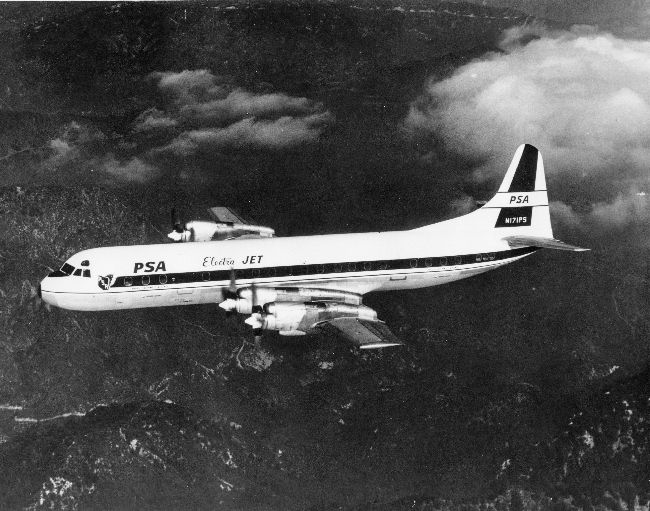
“The plane jumped down and went into a nose-dive. It was pitch black and people were screaming, then the deep roaring of the engines filled my head completely.”
“Suddenly the noise stopped and I was outside the plane. I was in a free fall, strapped to my seat bench and hanging head-over-heels. The whispering of the wind was the only noise I could hear. I felt completely alone.”
“I could see the canopy of the jungle spinning towards me. Then I lost consciousness and remember nothing of the impact. Later I learned that the plane had broken into pieces about two miles above the ground.”
“I woke the next day and looked up into the canopy. The first thought I had was: “I survived an air crash.” I shouted out for my mother in but I only heard the sounds of the jungle. I was completely alone.”
“I had broken my collarbone and had some deep cuts on my legs but my injuries weren’t serious. I realized later that I had ruptured a ligament in my knee but I could walk.”
“Before the crash, I had spent a year and a half with my parents on their research station only 30 miles away. I learned a lot about life in the rainforest, that it wasn’t too dangerous. It’s not the green hell that the world always thinks it is.”
“I could hear planes overhead searching for the wreck, but the forest was a very dense and I couldn’t see them. I was wearing a very short, sleeveless mini-dress and white sandals. I had lost one shoe but I kept the other. Because I am very short-sighted and had lost my glasses, I used that shoe to test the ground ahead of me as I walked.”
“Snakes are camouflaged there and they look like dry leaves. I was lucky I didn’t meet them or maybe just that I didn’t see them. I found a small creek and walked in the water because I knew it was safer.”
“At the crash site I had found a bag of sweets. When I had finished them I had nothing more to eat and I was very afraid of starving. It was very hot and very wet and it rained several times a day. But it was cold at night and just wearing that mini-dress was very difficult.”
“On the fourth day, I heard the noise of a king vulture which I recognized from my time at my parents’ reserve. I was afraid because I knew they only land when there is a lot of carrion and I knew it was bodies from the crash.”
“When I turned a corner in the creek, I found a bench with three passengers’ rammed head first into the earth. I was paralyzed by panic. It was the first time I had seen a dead body.”
“I thought my mother could be one of them, but when I touched the corpse with a stick, I saw that the woman’s toenails were painted – my mother never polished her nails. I was immediately relieved but then felt ashamed of that thought.”
“By the 10th day I couldn’t stand properly and I drifted along the edge of a larger river I had found. I felt so lonely, like I was in a parallel universe far away from any human being.”
“I thought I was hallucinating when I saw a really large boat. When I went to touch it and realized it was real, it was like an adrenaline shot. But [then I saw] there was a small path into the jungle where I found a hut with a palm leaf roof, an outboard motor and a liter of gasoline.”
“I had a wound on my upper right arm. It was infested with maggots about one centimeter long. I remembered our dog had the same infection and my father had put kerosene in it, so I sucked the gasoline out and put it into the wound.”
“The pain was intense as the maggots tried to get further into the wound. I pulled out about 30 maggots and was very proud of myself. I decided to spend the night there. The next day I heard the voices of several men outside. It was like hearing the voices of angels.”
“When they saw me, they were alarmed and stopped talking. They thought I was a kind of water goddess – a figure from local legend who is a hybrid of a water dolphin and a blonde, white-skinned woman.”
“But I introduced myself in Spanish and explained what had happened. They treated my wounds and gave me something to eat and the next day took me back to civilization.”
“The day after my rescue, I saw my father. He could barely talk and in the first moment we just held each other. For the next few days, he frantically searched for news of my mother. On 12 January they found her body.”
“Later I found out that she also survived the crash but was badly injured and she couldn’t move. She died several days later. I dread to think what her last days were like.”
Apollo 13
No one has ever been as far away from Earth as the crew from the Apollo 13. The path the crew was on took them 248,655 miles from Earth before swinging back round for a spectacular landing.
Their original destination was the surface of the moon but they would never reach it, instead going far beyond it. Fred Hayse, Jim Lovell, and Jack Swigert encountered a major problem that would most likely have killed them off: faulty wiring which in turn ignited an oxygen tank, blowing out part of the spacecraft.
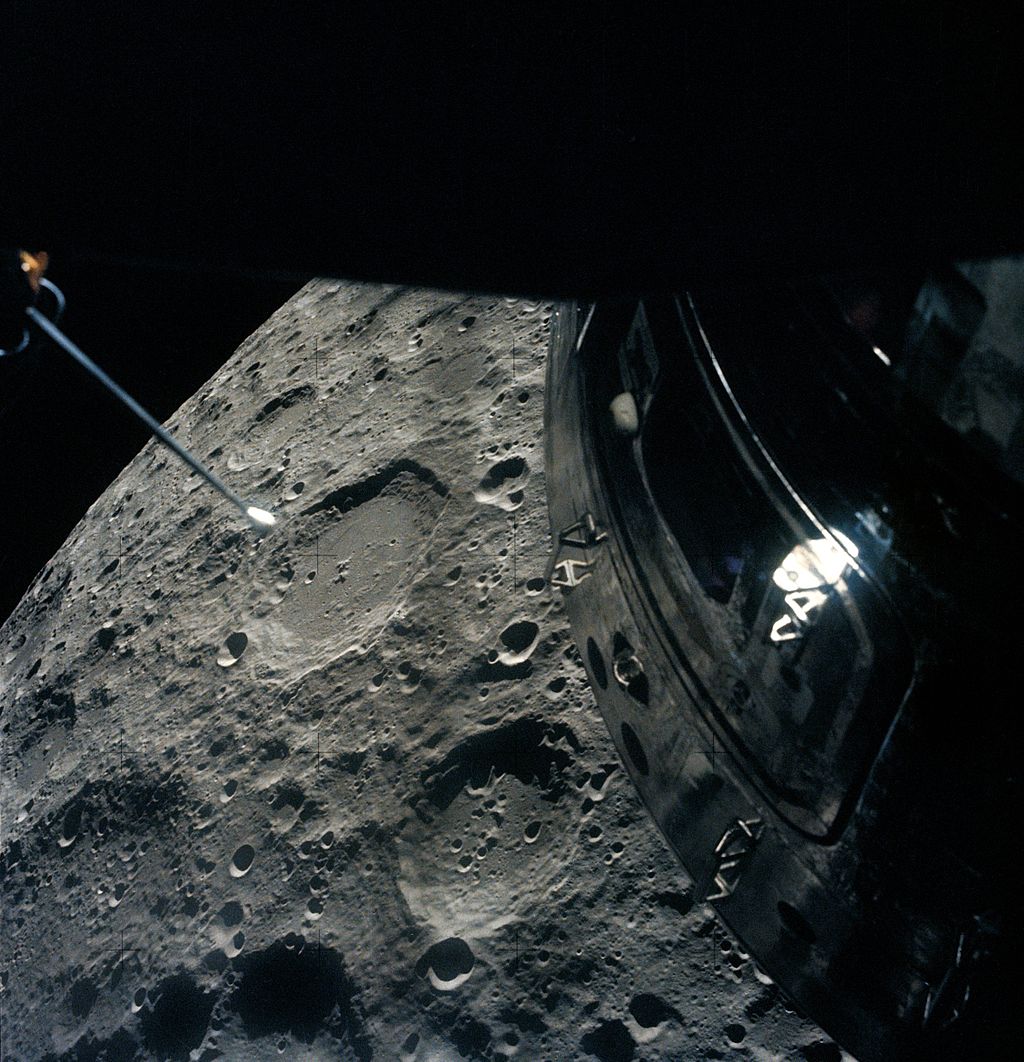
They would use the lunar module as a lifeboat. The crew had to stretch the rations, which were meant for one-and-a-half days split between two people, into enough for four days between three people. The crew then had to make orbital corrections which would take them far away from the moon in order to slingshot them back to Earth.
The lunar module was a safe haven for the astronauts, but the craft could not survive atmospheric re-entry. The crew then moved back into the damaged command module before they successfully touched back down, all unharmed except for a very dehydrated Hayse.
Aron Ralston
If you do not know who Aron Ralston is, then I suggest either looking him up or watching the movie “127 Hours” because his story is unbelievable.
Ralston was hiking and climbing through the Blue John Canyon in Utah. While he was climbing down the canyon, a boulder came loose, trapping his arm between it and the rock wall.
He had not told anyone he was there so there would be no rescue team coming for him. He would have to rescue himself, and after three days of struggling, he finally decided to amputate his own arm. Though, after two days of trying with no success and living off his own urine he was ready to give up.
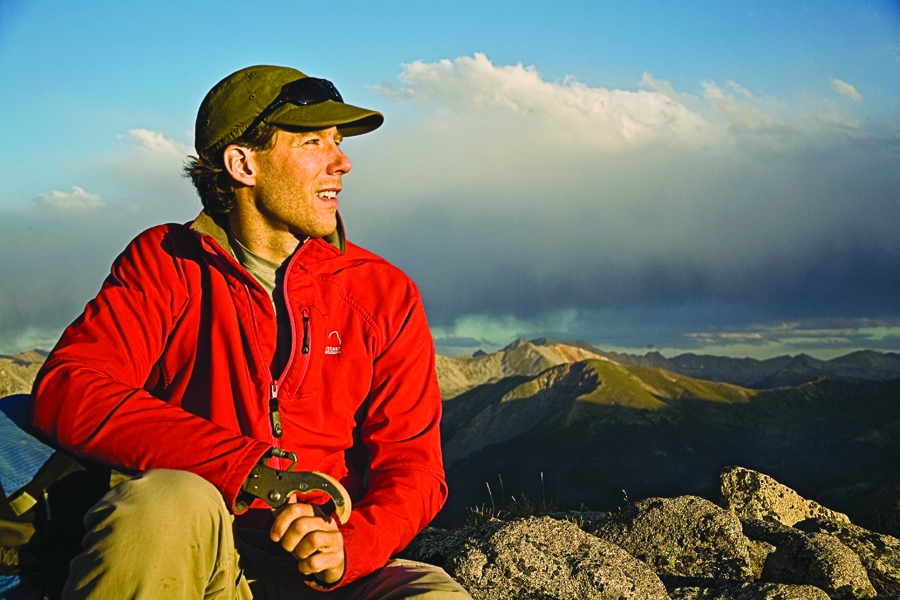
Finally, he thought of what he would do, he could amputate his hand much easier if he was to break his own arm. After over an hour of working on it with a cheap and dull Swiss Army knife, he had successfully amputated his own hand, but it was not over yet because now he had to descend a 65-foot wall and get back to his vehicle.
Eventually, he was discovered by a family that was camping out nearby, and six hours after his own amputation he was finally hospitalized. By the time he was hospitalized he was near death from blood loss. He is alive and well today; he still enjoys taking outdoor expeditions and climbing when he is not giving speeches or interviews about his ordeal, Popular Mechanics reported.
Ada Blackjack
Ada Blackjack was an Alaskan native belonging to the Iñupiat people. She was contracted by two Canadians by the names of Vilhjalmur Stefansson and Allan Crawfordon for an expedition to the Wrangle Islands, which are now Russian territory. The entire expedition was to claim the islands in the name of Canada. Ada was the seamstress and cook of the expedition.
Once they arrived on the Island, five of the members were left there as in 1921 as a territorial claim. Their rations soon ran low, however. Three of the men left to find help while Ada stayed behind to care for an ill crewmate, who later died, leaving her alone on the island. There are no reports of what happened to the other three, though they are presumed dead.
Ada was on the island for two years, learning to hunt seals and avoid polar bear attacks. She was finally rescued in 1923, two years after she had been left alone on the island.
According to a site run by the University of Alaska-Anchorage, Ada did not get a warm welcome when she was rescued. She was criticized for not being able to save her crewmate. The family of that crewmate eventually met her and vindicated her by releasing a statement that Ada had done everything in her power to save their son’s life. Even so, she spent the rest of her life in poverty until he death in 1983.
Outdoor Revival – Reconnecting you to the outdoors
